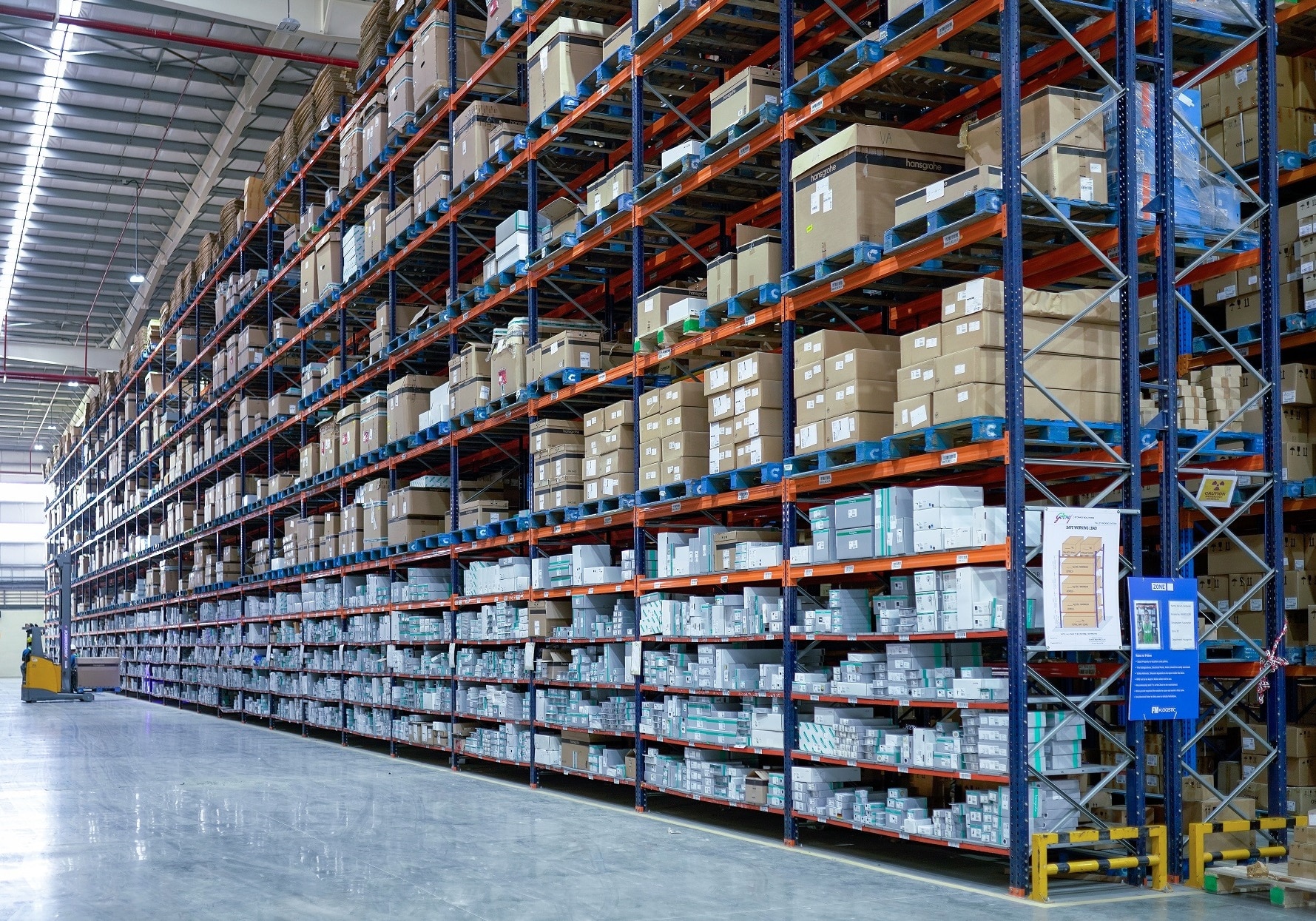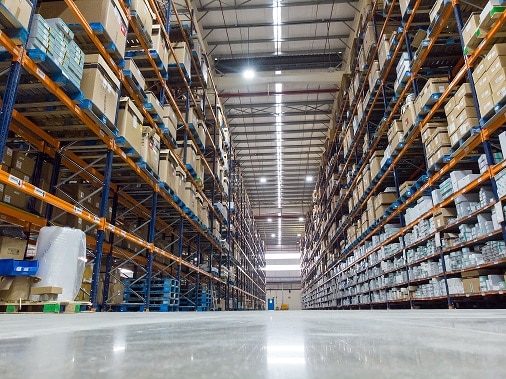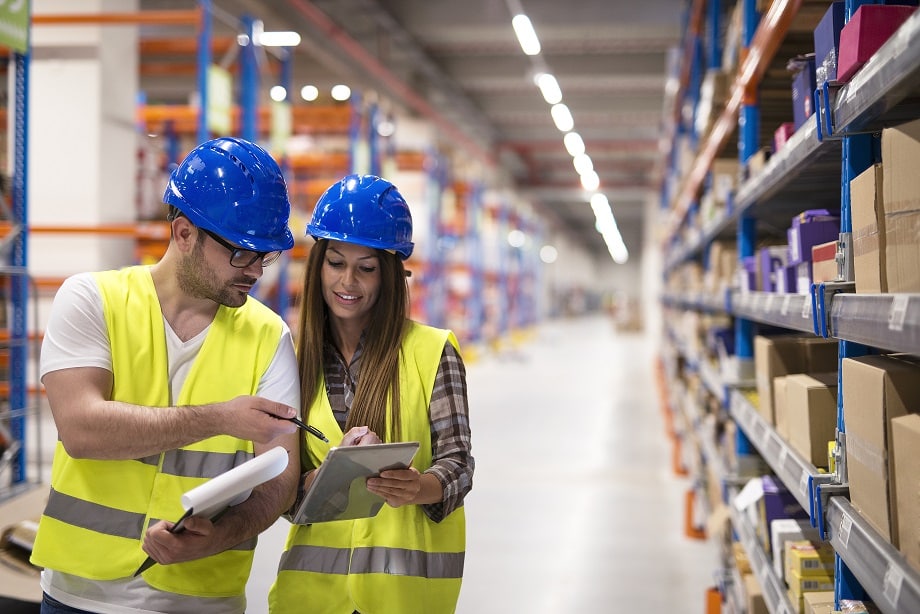Vertical Storage: Maximising efficiency, minimising costs
Managing inventories and timely deliveries is crucial. Vertical storage solutions help to increase productivity and ensure safety of men and materials.
On March 10, 2023

Managing inventories and timely deliveries is crucial. Vertical storage solutions help to increase productivity and ensure safety of men and materials.
On March 10, 2023
Warehousing is one of the critical elements in the logistics sector ecosystem. One of the common concerns of warehouse owners and managers is the optimum utilisation of space at lower operational costs. When it comes to manufacturers, warehouses play a crucial role in the smooth flow of production. The burgeoning demand for Grade A warehouses, especially in space-constrained and pricey locations, has forced developers to build taller warehouses. Typically, Grade-A warehouses are facilities that offer efficient operations to organisations in an integrated manner, regardless of customer or industry segments. Such facilities are designed for additional height and better floor quality. Additional height in turn makes way for the deployment of vertical storage solutions.

In the earlier days, warehouses were looked at as spaces to store raw materials, or finished goods. Traditionally, manufacturers maintained their own warehouses, which were mostly near their factories. Gradually, manufacturers visualised the need for a buffer between the factory and the market as productivity improved and started outsourcing the services to carrying and forwarding agents (CFAs). The primary concern of CFA agents was to manage the storage and transportation of products from one point to another.
With minimal technology and automation, these warehouses were labour-intensive and required physical loading and unloading of goods in and out of these warehouses. As a result, the goods had to be stocked at the ground level or maximum stacked to levels that could be easily accessible to the workforce.
Labour cost being the lowest in India, manufacturers and CFAs preferred to deploy manpower, with the minimum usage of automation, to save on additional costs. Even today, a significant number of manufacturers are either managing the stocks on their own to keep complete control of the supply chain or are collaborating with CFAs for their basic needs.
On the other hand, realising the importance of adopting technology in operations to bring in efficiencies, manufacturers started collaborating with tech-enabled warehouse managers. Owing to the rising demand from customers, and land becoming expensive, warehouse developers started building taller structures. To optimise this vertical expansion, warehouse managers or third-party logistics players started adopting vertical racking systems and deploying modern material handling equipment for improving accessibility.
With global economies opening up and time, scale and cost becoming key determining parameters, understanding the demand-supply situation, planning for disruptions, managing inventories, and timely delivery has become crucial.
Businesses are constantly on the lookout for ways to increase efficiency through optimum space utilisation while keeping operational costs low. Increased floor space also decreases clutter and makes more space available for the easy movement of materials, manpower and machines.
In traditional warehouses, a cluttered racking system makes it difficult to locate and reach the place where the inventory is stacked. It may not only lead to inconvenience in getting access to that material but might end up remaining there for a long time. This would lead to inefficiencies and increase unnecessary costs.
In the case of vertical storage systems, it becomes easy for Material Handling Equipment (MHE) operators to easily reach the particular rack where the goods are stored and fetch them easily. The usage of technologies like RFID has made tracking and tracing of goods in warehouses easier. This not only saves time but also optimises space usage and ensures cost optimisation.
With rapid globalisation and technological innovation, companies seek to partner with third-party players (3PLs) offering best-in-class and fully automated warehousing facilities that meet global standards. Most of these 3PLs also provide value-added services such as demand-supply analysis (including providing insights on fast-moving & slow-moving items), changing consumer behaviour patterns, etc.
These insights help manufacturers and e-commerce players to take appropriate decisions about whether to increase the stocks or clear the inventory. Adopting a vertical storage mechanism makes taking such decisions easier.

Vertical storage systems not only help in decluttering the floor space but also reduces the risk of damage to the goods. In case of hazardous goods, stocking them at ground level can be dangerous.
Vertical storage systems not only improve the efficiency of the warehouse but also ensure the safety of the employees. Unlike in ground storage, employees don’t need to bend, lift or reach for items, thus reducing the risk of injury.

Ground level storage systems can only work in cases where the volumes are low or technological advancements are not a necessity due to the cost factor. However, if businesses have to remain competitive, it is imperative that they partner with 3PL service providers who use modern and technologically advanced systems to ensure improved productivity, lesser wastage and reduced cost.
A leading confectionary brand managed to reduce its operational costs by 7% by deploying FM Logistic India’s vertical storage solutions. Today, all the warehouse facilities of FM Logistic India have deployed vertical storage solutions for better efficiency and productivity. Besides, for its retail customers, the company is working in a multi-tier shelving (MTS) environment where unit picking is enabled in vertical storage with a multi-tier bin shelving system.
How can we help you ?
Fill in the form